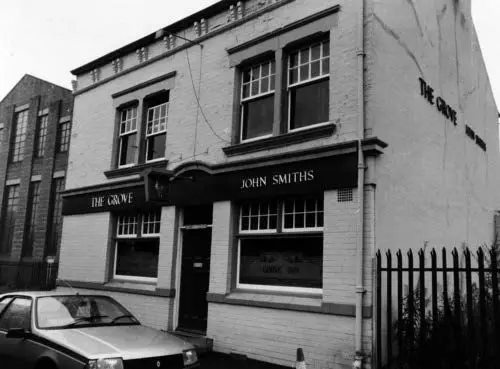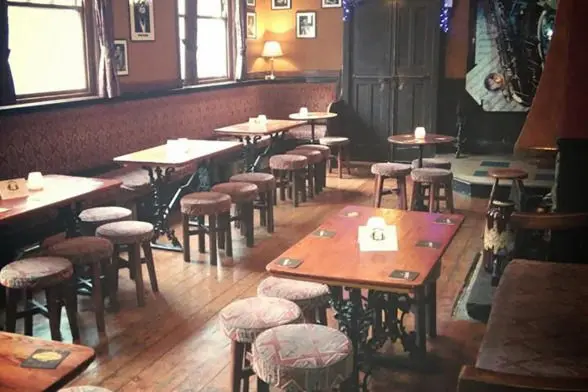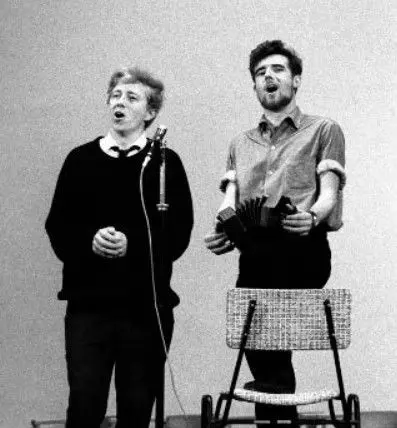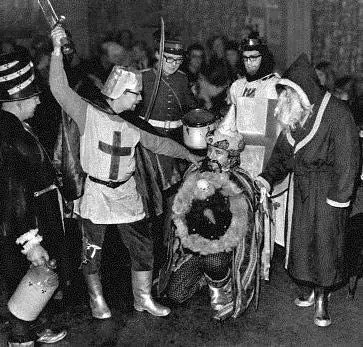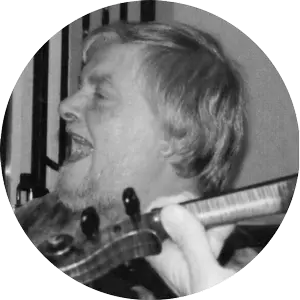During those formative years I made friends with all the performers, both resident and visiting guest singers. The residents, Keith Marsden, Brian Senior, Geoff Wood, Bob Spray, Rennie Pickles, Allan Robinson, Jim Potter, One Eyed Jim (Greenwood), The Belfast Child, Bernard Davey and the Highland Piper Davey Anderson. They were all real characters to a man.
In fact, in those first few years at the Grove after Christine Marsden stopped singing, I don’t recall another female singer at all. In Leeds, in the first decade of the folk clubs, there was a dearth of female performers. Later there were a few, notably, Sue Garth Mason, Janet Jones, and Eileen Thorpe and Eileen Heaney both of Irish extraction, but you had to press them real hard to get them to sing, There were two husband and wife duos who ran their own folk clubs, Bob and Carol Pegg at the Royal Sovereign, Kirkstall and Kevin and Barbara Young Jimmies folk Club at St. James Hospital.
The Grove, like other folk clubs at the time, was set up for the performance and promotion of British traditional folk music and song. It featured not only English traditional, but Scottish, Irish, and Maritime traditional music and song as well. With residents like New Heritage, the Cropper Lads plus others it was always a great club for chorus singing, but the guest nights added a new dimension, featuring the best traditional performers at the time.
The club on guest nights was run on the standard folk club format. The evening would start with the MC plus a couple of resident local singers filling the first 20 minutes or so, then this would be followed by a 40-minute spot from the evening's guest. There would then be an interval of 15 minutes for socialising, replenishing drinks and buying raffle tickets. It would then restart as before with a short set of songs from the locals, and then the guest would do their second set to finish off the evening.
